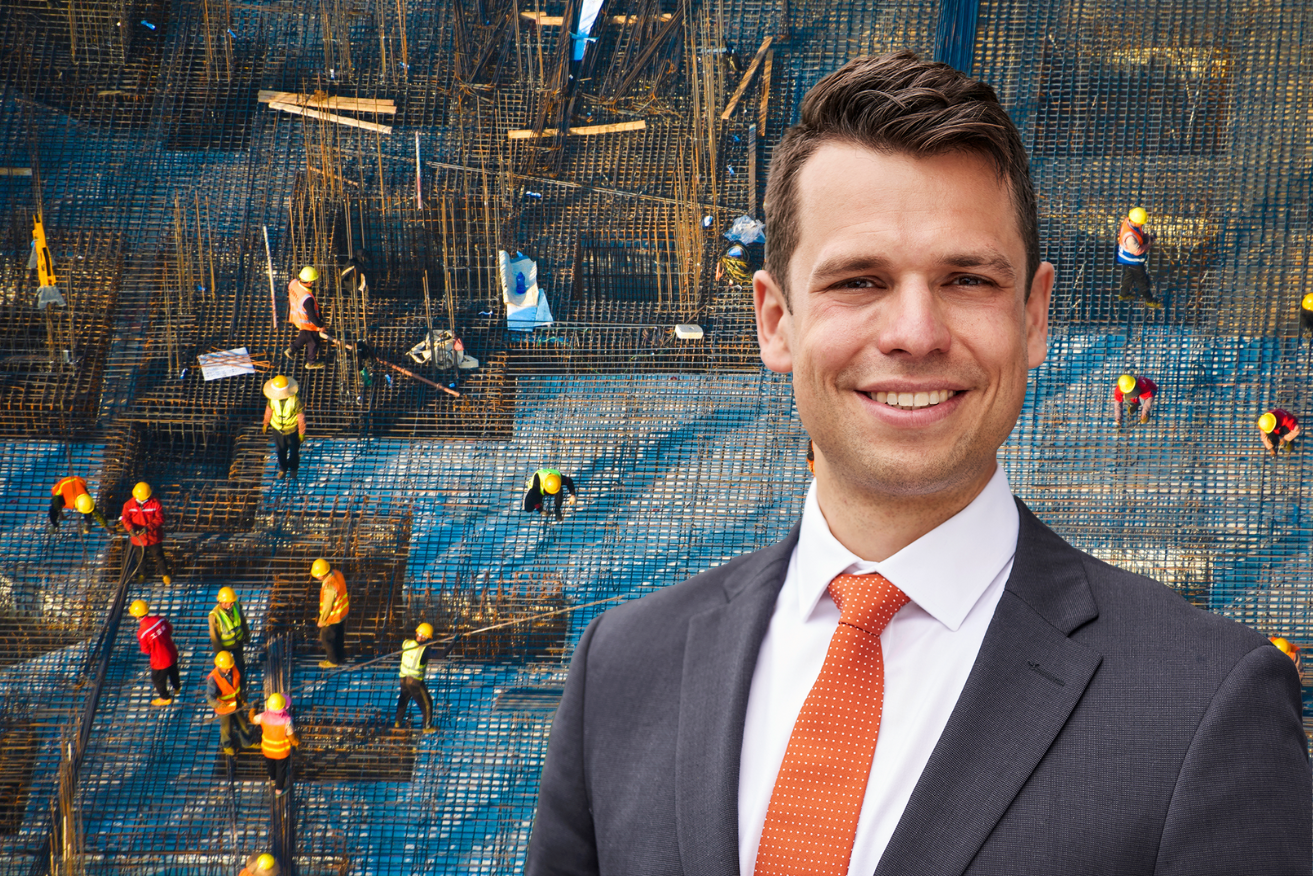The Stats Guy: The 74 jobs I am most worried about


Australia needs a better plan to ensure its prosperity, writes Simon Kuestenmacher. Photo: TND/Getty
When I am not writing columns for you to enjoy, I am spending my time travelling across Australia as a public speaker and consultant on demographics.
It doesn’t matter where I go or what industry and business I work with, two things worry people everywhere: The housing market and the skills shortage.
I have already written columns explaining why we experience a prolonged skills shortage despite our high migration intake and pointed to the dramatic consequences of the worsening teacher shortage.
Today I want to present to you the jobs in Australia that I worry about the most in the coming decade.
To begin with, the Australian Bureau of Statistics (ABS) differentiates between 1354 different occupations in their most detailed datasets. No matter what, the ABS fits your job into one of these categories.
Of these 1354 jobs, 822 are categorised by Jobs and Skills Australia (a government department established in 2022) as experiencing a national skills shortage, a statewide skills shortage, or no skills shortage at all.
A nationwide skills shortage is currently recorded in 288 jobs. Future demand in 227 of these jobs is meant to occur at or above the economy-wide average. Workers in these jobs are already hard to find and demand will only go up. Yikes. That’s already a tough challenge but let’s narrow the list further down.
So far, our list contains many niche occupations. These jobs are important, but they employ precious few people.
We find 119 pressure welders, 183 vascular surgeons, 494 meat inspectors, or 878 dental prosthetists in this list. When you need one of these professions, you sure hope there is enough talent around.
As we are looking at the macro perspective today, we will ruthlessly ignore the 42 occupations left on our list that employ less than 1000 workers. The argument goes that, at least in theory, employment shortages in these niche occupations can be filled relatively easily through migration. We’ve now cut our list down to 185 jobs.
The retirement cliff
In an earlier piece I explained the concept of the retirement cliff.
In short, the concept explores what share of workers is nearing retirement in the coming decade. Nationwide, 20 per cent of all workers are aged over 55. This means most of them fall of the retirement cliff (that’s where the image comes from) during the next 10 years.
We take the remaining 185 jobs in our list and only keep the 74 jobs where more than the nationwide average of workers are aged 55+. In 11 of these jobs over a third of the workforce is at risk of falling off the retirement cliff in the coming 10 years.
If you work in civil construction or building, then three jobs in particular will make you nervous. Bulldozer operators (1500 workers), earthmoving plant operators (3700), and loader operators (5100). If you employ any of these workers, make sure you find motivated young people right now and train them up yourself.
If you run your state’s education system, ensure that qualifications for these jobs are made free for young people to acquire.
Our short and scary list of 74 occupations where future skills shortages will be very severe includes 24 care and healthcare jobs. In a previous column I explained how the rapidly ageing population in Australia will lead to a prolonged boom in healthcare needs. Healthcare will be forever the industry demanding the largest number of new workers.
Let’s look at two particularly scary examples. Australia currently employs 228,000 aged or disabled carers. As a disabled or elderly person, your quality of life very much depends on these low-income workers to be around.
As we are doubling the Australian 85+ population in less than 15 years and as we remember that half of this cohort needs care, this is an issue of major concern. Australia will forever onwards try to recruit aged or disabled care workers from overseas.
Our list also contains several nursing jobs. Nursing as a profession must be overhauled. Nurses’ wages aren’t sufficient to compensate for the irregular and demanding hours.
Shortage of care workers
As I explained in another column, the skills shortage in care and healthcare jobs alone almost guarantees a continuation of the current high-migration approach. In Australia, a third of all jobs are held by foreign-born workers.
Some jobs in our list report very low rates of overseas workers. That could be seen as an opportunity or a challenge.
Many machine operator type jobs fall into this category. Can we simply attract future fitters and turners, excavator operators, or crane operators from overseas? Are there reasons we tend to create most of these workers in-house? If your industry relies on these workers, these questions are of vital importance.
The final list of 74 jobs of course also features teaching jobs. As I described a few weeks ago, this is a very scary development that will worsen social cohesion in Australia.
Today’s column is meant to scare you, our training and education system, politicians, and our businesses into action.
Ensuring we have a national staffing and technology strategy in place is crucial to ensure our ongoing prosperity.
Demographer Simon Kuestenmacher is a co-founder of The Demographics Group. His columns, media commentary and public speaking focus on current socio-demographic trends and how these impact Australia. His latest book aims to awaken the love of maps and data in young readers. Follow Simon on Twitter (X), Facebook, LinkedIn for daily data insights in short format.








